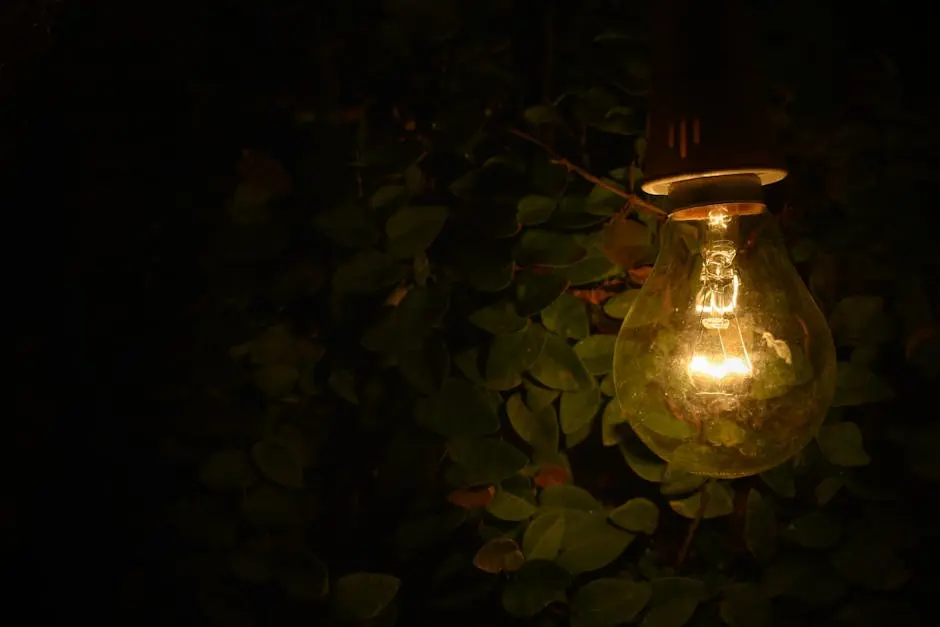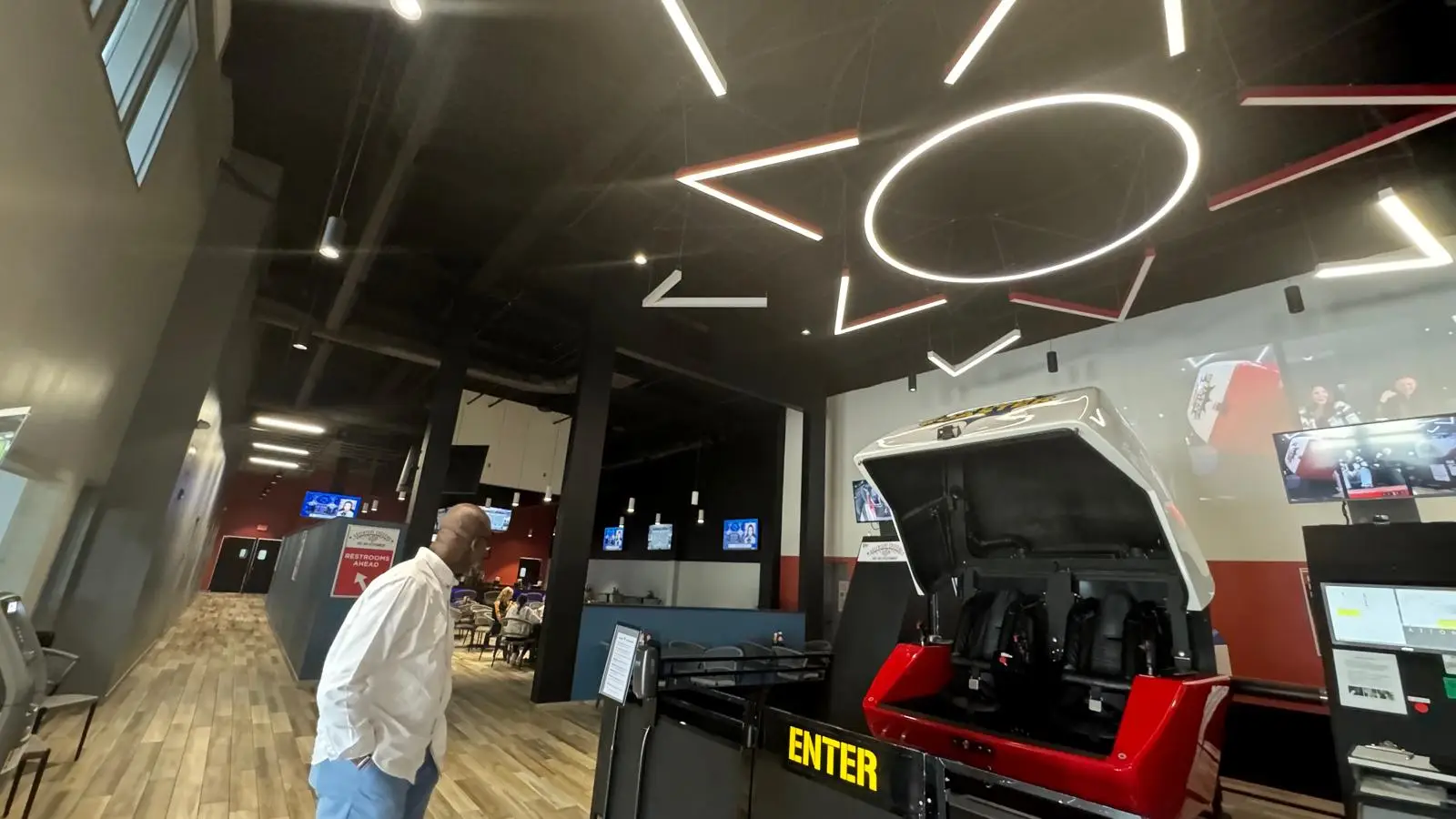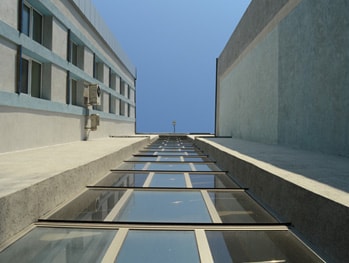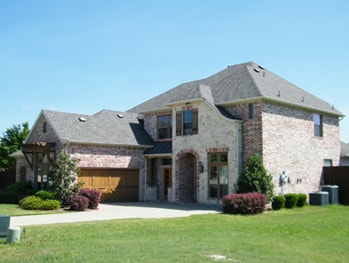Unlocking the Potential of PoE Lighting in Green Building Design
Power over Ethernet (PoE) lighting is revolutionizing the way we think about sustainable building design. By combining data and power delivery through a single cable, PoE lighting offers a more efficient, cost-effective, and environmentally friendly solution for modern architecture. In this blog, we’ll explore how PoE lighting can significantly contribute to green building initiatives.
Understanding PoE Lighting
PoE lighting technology uses a standard Ethernet cable to provide power and data to LED lighting systems. This approach simplifies the installation process and reduces the number of cables required, making it a cost-effective and efficient solution for modern buildings.
Imagine the potential of a single cable doing the job of several. This is what PoE lighting achieves, weaving simplicity into the complexity of electrical setups. By using Ethernet cables, PoE lighting not only cuts down clutter but facilitates faster installation times and decreased maintenance needs. The cables themselves are lighter and less expensive, effectively slashing the overall cost of lighting infrastructure. Moreover, these systems allow for real-time data collection, giving building managers insights about energy consumption and lighting needs. This can result in better resource management, ultimately translating into energy and cost savings over time.
The integration capability of PoE lighting sets it apart from traditional lighting solutions. It interfaces seamlessly with existing network infrastructure, paving the way for smart building applications. By connecting lights to the internet, building operators can remotely monitor and adjust lighting levels, further optimizing energy usage. With PoE lighting, individualized control over lighting becomes possible, which is particularly advantageous in large buildings with varied lighting needs.
The Role of PoE Lighting in Green Building Standards
Incorporating PoE lighting into green building standards can significantly reduce energy consumption. It supports sustainable design practices by improving energy efficiency and reducing the environmental impact of electrical systems.
The importance of energy efficiency cannot be overstated in green building design, and PoE lighting stands as a beacon of this principle. By reducing the energy demand required for lighting, PoE technology aids in lowering the carbon footprint of any building. Today, more than ever, there is a shift towards integrating technologies that not only lower energy costs but also align with sustainability goals. PoE lighting exemplifies this by advancing practices that prioritize environmental responsibility and resource conservation. These systems can be easily scaled to match the evolving needs of a building, offering the flexibility necessary in sustainable design.
Additionally, compliance with green building standards often entails not just meeting minimum efficiency benchmarks but exceeding them. PoE lighting aligns perfectly with LEED certifications and BREEAM ratings, serving as an efficient tool in achieving these standards. Given the robust data capabilities of PoE systems, maintaining adherence to energy usage goals is much simpler and more accurate. Such measures reinforce the sustainable design while often translating into tangible benefits such as tax rebates or government incentives for green infrastructure.
Benefits of PoE Lighting in Sustainable Design
PoE lighting offers numerous benefits for sustainable design, including energy savings, lower installation and maintenance costs, and enhanced flexibility in lighting control. These advantages can increase the overall efficiency of building operations.
Now, let’s look at the flexibility aspect of PoE lighting. As open spaces and adaptable work environments gain popularity, the need for flexible lighting solutions is paramount. PoE lighting supports this trend by allowing for easy reconfiguration without the need for major electrical work, making it especially suited for office environments with frequently changing layouts. This adaptability not only extends the life of the lighting installation but also ensures that the lighting system evolves alongside the workspace, providing optimal conditions for productivity and comfort.
Challenges and Considerations in Implementing PoE Lighting
While PoE lighting is promising for green building design, there are challenges such as initial cost, compatibility with existing systems, and the need for specialized training for installation. Addressing these challenges is essential for widespread adoption.
Navigating the landscape of PoE lighting installations requires a keen understanding of both its advantages and limitations. The initial costs of PoE systems can seem daunting, especially when compared to conventional lighting. This is due in part to the need for new infrastructure and potentially, updated network systems that are capable of handling the additional data load. Training personnel to understand and utilize this new technology is essential, raising training costs. However, it’s vital to weigh these initial expenditures against the long-term savings and benefits that PoE lighting delivers, including reduced energy bills, lower operational costs, and compliance with environmental regulations.
Real-World Applications and Case Studies
Several building projects have successfully integrated PoE lighting, demonstrating its potential in practice. Case studies illustrate how this technology contributes to sustainability goals and showcases the practicality of its implementation.
One notable example is the renovation of a historical office building which seamlessly incorporated PoE lighting into its design. This project achieved considerable energy savings while preserving the architectural integrity of the building. The system’s scalability allowed for easy customization and integration with smart building functionalities. Another case involved a new build high-rise that used PoE technology to support varied tenant requirements. This resulted in a versatile lighting system that adapted efficiently over time, providing a living example of how PoE lighting solutions can align with both modern and traditional architecture.
Future Trends in PoE Lighting and Green Building
The future of PoE lighting is bright, with ongoing advancements expected to further enhance its capabilities. Emerging trends indicate a growing interest in smart ecosystems where PoE lighting plays a critical role in creating connected, energy-efficient spaces.
Looking ahead, the integration of PoE lighting with Internet of Things (IoT) technologies promises to unlock even greater energy efficiencies and user comfort. As buildings become smarter, lighting systems are expected to become more intuitive, learning from occupant behaviors and adapting to suit varying preferences and environmental conditions. This level of automation and connectivity will undoubtedly push the boundaries of sustainable building design, making PoE a cornerstone in intelligent urban developments. The convergence of AI and PoE will likely lead to lighting systems that practically manage themselves, leading to reductions in human intervention, further streamlining energy use and maintenance.
Embracing a Brighter, Greener Future with PoE Lighting
As we continue to seek innovative solutions to reduce our carbon footprint, PoE lighting emerges as a powerful ally in green building design. Its potential to enhance sustainability, improve lighting quality, and reduce costs makes it an attractive option for designers and architects committed to creating eco-friendly spaces. By adopting PoE lighting, we move closer to a future where our buildings are not only smarter but also kinder to our planet.

 Previous Post
Previous Post Next Post
Next Post




